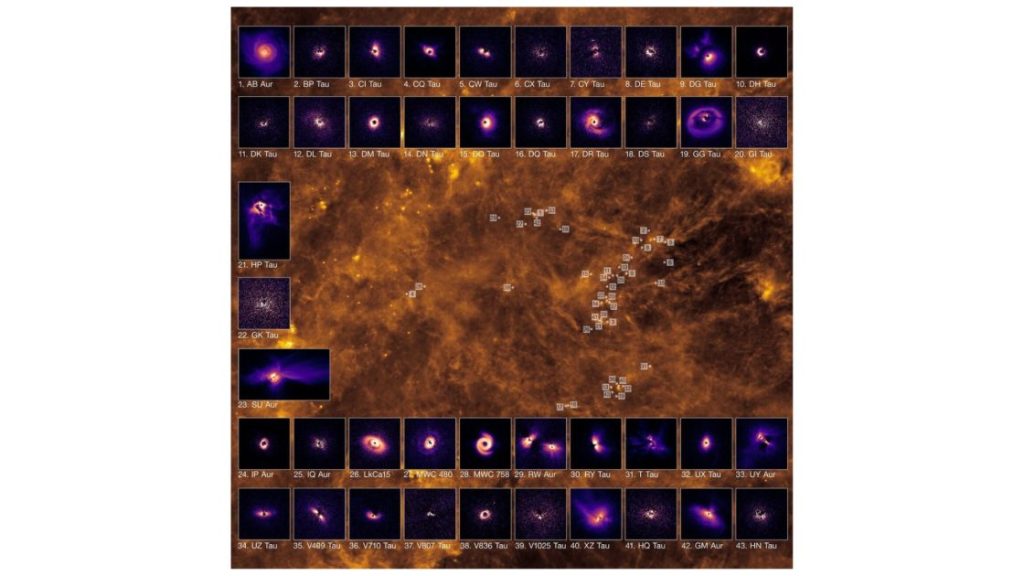VLT’s images reveal the mystery of planet birth around dozens of stars

Telescopes have already proven themselves as truly invaluable instruments in correcting our inaccurate perception of the universe. They are making one contribution after another to expand our knowledge of otherwise unknowable and undetectable phenomena. In the series of discoveries, a recent survey, utilizing the European Southern Observatory’s Very Large Telescope (VLT) in Chile, has revealed the secrets behind planet formation amidst dozens of stars.
Astronomers have taken this achievement as a milestone in the field of study. “This is really a shift in our field of study,” says Christian Ginski, a lecturer at the University of Galway, Ireland, and lead author of one of three new papers published on 5 March in Astronomy & Astrophysics. “We’ve gone from the intense study of individual star systems to this huge overview of entire star-forming regions,”
Planet birth has always fascinated astronomers. The stunning images from the VLT give us a fascinating peek into how planets form around young stars. These images look more like tiny galaxies than just disks of debris, showing clear spiral arms and glowing clouds of matter. The VLT observed over 80 young stars and their planet-forming discs, which marks a big change in how we study space. Instead of just looking at one star at a time, scientists are now exploring whole areas where stars are born, giving us new insights into how planets come to be.
The research team examined stars in three major star-forming regions: Taurus, Chamaeleon I, and Orion. Each area showcased different types of planet-forming disks, influenced by their specific surroundings. In the Orion cloud, for example, stars grouped together had fewer large disks for forming planets, suggesting the presence of companions might affect planetary formation. Also, some disks appeared irregular, indicating the possibility of massive planets inside them, causing the disks to warp and become misaligned.

To take these astounding pictures, astronomers used a powerful tool called the VLT’s Spectro-Polarimetric High-contrast Exoplanet Research instrument (SPHERE), which holds a powerful adaptive optics system that can correct for blurring caused by Earth’s atmosphere and produce sharper images. It’s equipped with sophisticated technology to correct for blurriness caused by the atmosphere. With SPHERE, they could see stars that are as light as half the Sun, giving them a super clear view of where planets are forming. They also got help from other tools like the VLT’s X-shooter and Atacama Large Millimeter/submillimeter Array (ALMA), which gave them more information about the stars and the dust around them.
The results of the study provide revolutionary insights into the factors that support the formation of planets and the variety of planetary systems taking shape. According to the researchers, certain disks show spiral patterns caused by planets orbiting within them, whereas others exhibit rings and empty spaces created as planets develop.
“Some of these disks show huge spiral arms, presumably driven by the intricate ballet of orbiting planets,” Ginski said. The elegant look of specific disks hints at quiet phases within the dynamic process of planet formation.
As of now, over 5000 planets have been detected orbiting stars apart from the Sun, mostly within systems that differ notably from our Solar System. Now, astronomers await advancements with the Extremely Large Telescope (ELT), which is under construction, to further explore planet formation systems, potentially revealing smaller, rocky planets within evolving planetary systems.

